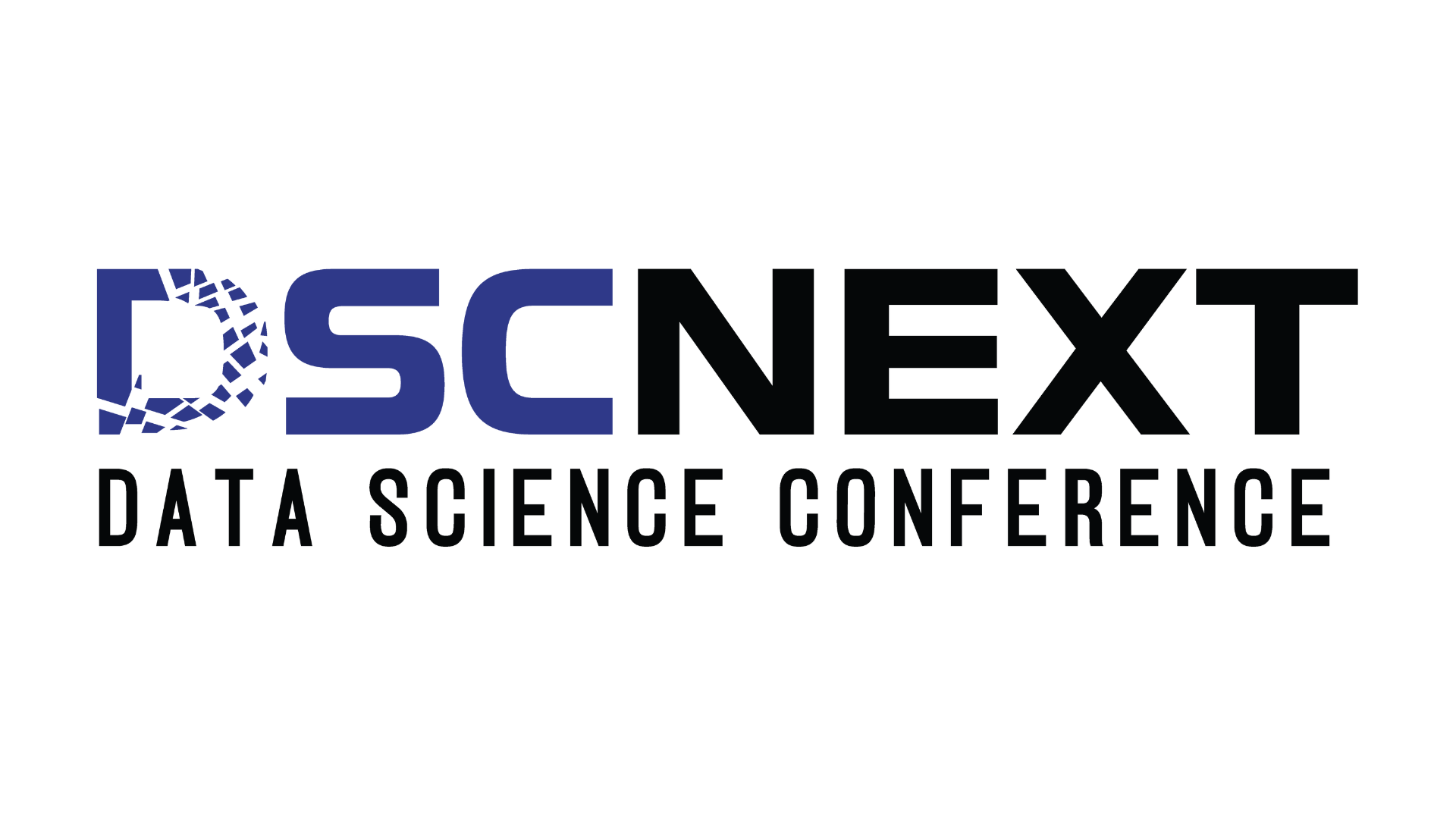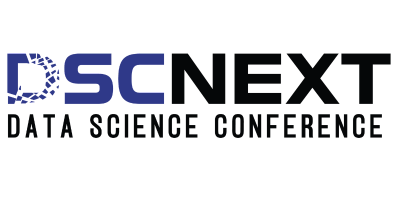
Introduction: Why DevOps Matters
Have you ever noticed how apps like Netflix or Spotify Update with new features so frequently—and without causing any glitches? That’s the magic of DevOps at work. DevOps isn’t just a tech buzzword—it’s a way of working that brings software developers and IT teams together to build, test, and improve products faster.
It helps companies stay quick on their feet, respond to user needs faster, and keep things running smoothly behind the scenes. In today’s fast-paced digital world, DevOps plays a key role in driving innovation and keeping customers happy.
According to the 2019 DORA Accelerate State of DevOps Report, elite performers deploy code 208 times more frequently,
have 106 times faster lead times and experience 7 times lower change failure rates compared to low performers. These findings highlight the direct link between DevOps maturity and software delivery success.
What is DevOps?
DevOps blends the traditionally separate roles of development and operations into a shared responsibility model. It emphasizes automation, fast feedback loops, continuous integration and delivery (CI/CD), as well as infrastructure as code (IaC).Instead of waiting for one team to finish before another begins, DevOps encourages continuous collaboration—resulting in shorter development cycles and higher quality software. It’s not a single tool or platform but a cultural shift that drives productivity and efficiency.
Core Components of DevOps
At its core, DevOps is about breaking down silos and embracing automation. Continuous Integration (CI) means that developers frequently merge their code into a shared repository, ensuring early detection of issues. Continuous Deployment (CD) automatically pushes these changes to production environments, reducing delays. Infrastructure as Code (IaC) allows teams to automate environment setup using code instead of manual processes, promoting consistency and scalability.
Gartner predicts that by 2026, 80% of large software engineering organizations will establish platform engineering teams as internal providers of reusable services, components, and tools to support application delivery (Gartner) .This trend reinforces DevOps’ critical role in modern software architecture by institutionalizing reusability, speed, and scale.
Popular DevOps Tools to Know in 2025
The DevOps ecosystem is vast, with tools that cater to each stage of the software lifecycle. Docker and Kubernetes handle containerization and orchestration, enabling developers to ship software that runs consistently across environments. Tools like Jenkins and GitLab CI/CD automate builds and deployments. For managing infrastructure as code, Terraform and Ansible are widely used. Monitoring and analytics tools like Prometheus and Grafana help detect issues early, while GitHub and GitLab support collaborative coding and version control.
Mastering these tools not only boosts productivity but also makes professionals highly employable in the global DevOps job market.
Modern DevOps Practices
DevOps is not static—it evolves with technology trends. Microservices architecture allows companies to develop small, independent services that are easier to manage and scale. Containerization ensures that applications behave the same across testing, staging, and production environments. With serverless computing, teams focus purely on code without managing servers.
Security is now being embedded earlier in the pipeline through DevSecOps, making security everyone’s responsibility. Meanwhile, GitOps and AIOps are gaining traction—GitOps for declarative infrastructure and version-controlled deployments, and AIOps for using AI to predict and resolve system issues in real-time.
DevOps Meets Data Science: The Rise of MLOps
DevOps is also increasingly intersecting with data science workflows through the rise of MLOps (Machine Learning Operations). This practice brings DevOps principles—like continuous integration, automated testing, version control, and rapid deployment—into the machine learning lifecycle.
From data preparation to model training and real-time deployment, MLOps improves collaboration between data scientists and engineers while accelerating the path from experiment to production.
Popular platforms like Kubeflow, MLflow, and Tecton enable teams to treat machine learning models like code—making them easier to track, update, and monitor at scale.
Real-World Use Cases
Top tech companies use DevOps to lead the market. Netflix uses continuous delivery and chaos engineering to maintain high availability across millions of devices. Amazon Web Services (AWS) deploys code thousands of times per day with robust CI/CD pipelines. Spotify empowers its teams through microservices and autonomous squads, enabling fast, frequent updates.
Google uses MLOps pipelines to manage model training and deployment across its services like Search and Translate, ensuring consistent performance at scale.
These real-world examples illustrate how DevOps supports both rapid innovation and system reliability—core qualities in the digital-first economy.
Career Growth in DevOps and Data Science Integration
With businesses prioritizing digital agility, DevOps roles are growing rapidly. According to Marketsand Markets Research (2024),the global DevOps market is projected to expand from USD 10.4 billion in 2023 to USD 25.5 billion by 2028, at a CAGR of 19.7%. This rapid growth has led to a surge in demand for skilled professionals.
Common career paths include DevOps Engineer, Site Reliability Engineer (SRE), Cloud DevOps Architect, and DevSecOps Specialist. Skills in cloud computing (AWS, Azure, GCP), scripting languages like Python or Bash, CI/CD pipelines, and infrastructure automation are especially valuable. Certifications such as AWS Certified DevOps Engineer, Azure DevOps Expert, and Certified Kubernetes Administrator can significantly enhance job prospects.
LinkedIn’s Emerging Jobs Report also consistently ranks DevOps engineers among the Top 10 fastest-growing job roles worldwide, especially in tech-driven economies like India, the U.S., and the UAE.
How to Get Started in DevOps
For beginners, the DevOps journey starts with learning Linux, Git, and basic scripting. From there, explore container tools like Docker and CI/CD pipelines using Jenkins or GitLab. Cloud platforms such as AWS or Azure and automation tools like Terraform are also essential. Numerous online platforms, including Intellipaat and Coursera, offer hands-on DevOps training for all skill levels.
Conclusion: The Future is DevOps
DevOps has become the cornerstone of modern software development—delivering speed, quality, and security in an increasingly complex digital world. By integrating development, operations, and security into a unified approach, DevOps enables organizations to innovate with confidence and stability.
A glimpse into the future will be offered at DSC Next 2026, where global tech leaders will discuss how DevOps, along with AI and automation, will drive the next wave of enterprise transformation. The event will emphasize that DevOps is not just a toolset—it’s a mindset that will continue shaping the future of IT.

